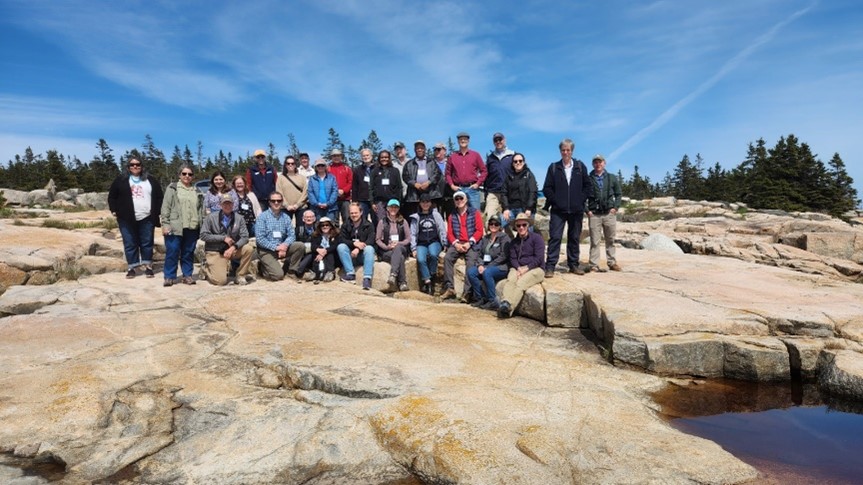Impact assessments on World Heritage strengthened through trilateral cooperation with UNESCO and NCEA
The United Nations Educational, Scientific and Cultural Organization (UNESCO), the International Union for Conservation of Nature (IUCN), and the Netherlands Commission for Environmental Assessment (NCEA), have signed an agreement to reinforce capacity building and quality assurance for Strategic Environmental Assessments (SEAs) and Environmental and Social Impact Assessments (ESIAs) for World Heritage sites.
The cooperation comes at a time when threats to World Heritage sites are growing due to a rapidly growing number and scale of development proposals, despite these sites benefiting from the highest level of international protection. In 2021, the World Heritage Committee, at its extended 44th session which took place in Fuzhou, China, called for additional funding and support to provide guidance on Strategic Environmental Assessments.
Impact assessments are a pre-requisite for development projects and activities planned within or around World Heritage sites, contributing to the identification of potential impacts on the site's Outstanding Universal Value (OUV). In the past, the Committee has adopted numerous decisions requesting States Parties to undertake such assessments for proposed developments. Despite the increasing need, significant discrepancies in capacity and experience remain among States Parties, and the quality and standards of assessments vary greatly.
The trilateral Memorandum of Understanding (MOU) will enable the provision and facilitation of independent review, and the training and coaching of Strategic Environmental Assessment and Environmental and Social Impact Assessment staff. It also aims to raise awareness of the importance of such assessments among responsible authorities and relevant stakeholders.
“This Memorandum of Understanding marks an important step in better protecting and conserving the world’s outstanding places. We are pleased that this new cooperation between IUCN, UNESCO and the NCEA will support States Parties’ implementation of impact assessments for World Heritage – contributing to broader global conservation goals”, Dr Grethel Aguilar, Director General of IUCN, said.
 IUCN Director General Grethel Aguilar signs the MOU
Photo: UNESCO
IUCN Director General Grethel Aguilar signs the MOU
Photo: UNESCO
“At this watershed moment, we must place heightened importance on impact assessments to find sustainable solutions and futures for our most cherished places around the world. Expertise, knowledge and training to be offered through this partnership will reap positive long-term effects,” Ernesto Ottone, Assistant Director-General for Culture of UNESCO, said.
“World Heritage sites are essential sources of life and an inspiration for current and future generations. It makes us feel proud and honoured to work with UNESCO and IUCN to support countries in using environmental and social impact assessment to protect these sources”, said Rob A.A. Verheem, Director International of NCEA.
The agreement bolsters the ongoing momentum to professionalise impact assessments. In 2022, UNESCO and the Advisory Bodies to the World Heritage Committee – ICCROM, ICOMOS and IUCN – published the Guidance and Toolkit for Impact Assessments in a World Heritage Context, designed to support heritage management institutions, governments and project developers in satisfying both conservation priorities and development needs.
 Ernesto Ottone R., Assistant Director-General for Culture of UNESCO
Photo: UNESCO
Ernesto Ottone R., Assistant Director-General for Culture of UNESCO
Photo: UNESCO
 Rob A.A. Verheem, Director International of NCEA
Photo: UNESCO
Rob A.A. Verheem, Director International of NCEA
Photo: UNESCO



